A call last week revealed a disease issue in which there are very few solutions.
A grower called with concerns of several trees recently collapsing from the heat. The decline has been relatively gradual until a week or go, in which the trees suddenly turned brown and are now dead (Picture 1). This problem has been ongoing for several years in which he would replant the trees after a tree site fumigation. The orchard was a 10th leaf Nonpareil, Fritz, and Aldrich orchard, planted on Nemaguard.
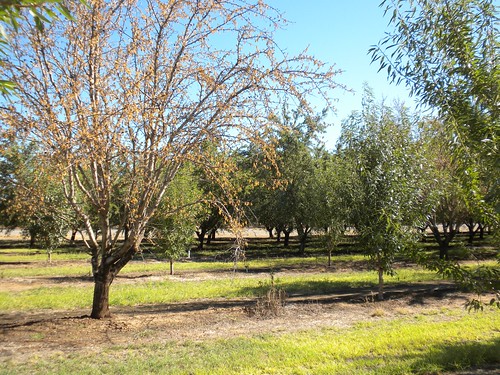
Picture 1: Overview of an almond tree affected by a root disease.
The orchard was in a clay-loam soil series, flood irrigated with district water once every 10-13 days, and appeared to be in good shape outside of the affected areas. Affected trees were usually surrounded by younger, replanted trees confirming the replanting that the grower has done in the area (Picture 2). Furthermore, the affected trees appeared to be in groups, and this was confirmed by a Google Earth image once I returned back to the office (Picture 3). All this suggests a biotic agent causing disease, and seeing a total collapse of the tree, I began to investigate the root system.
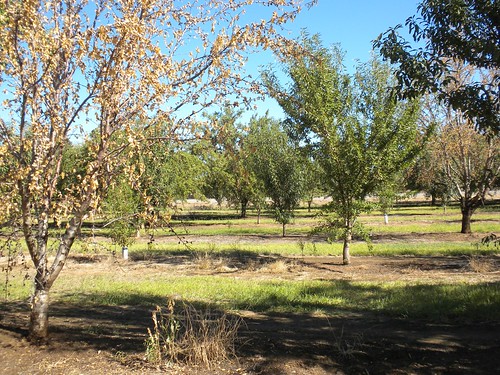
Picture 2: “Hotspot” of area infected by Armillaria root rot.

Picture 3: Google Earth Aerial Image of the orchard affected by Armillaria Root Rot. Please note the large holes within the orchard canopy indicating missing or dead trees.
Upon root excavation, the tell-tale signs of Oak Root Fungus or Armillaria Root Rot became relevant. Hitting a surface root and scraping back the bark, the white mycelial fans became evident (Picture 4). Furthermore, the roots possessed a smell similar to what we would expect from mushrooms – similar to the smell of mushrooms in the grocery store. Further bark removal and scraping back of the white mycelial fans revealed revealed the fungal canker within the root tissue (Picture 5). Continued excavation revealed that the crown of the dead tree was severely infected by the fungus, with white mycelial fans found on the trunk and main roots.
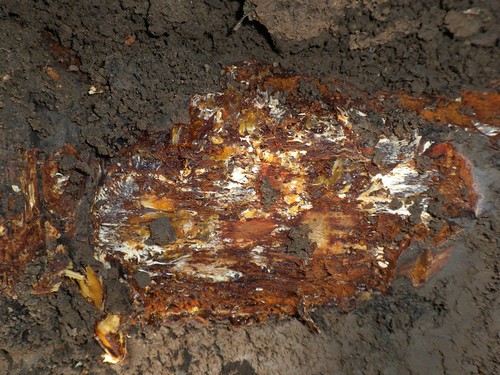
Picture 4: White mycelial fans found on roots of an almond tree affected by Armillaria Root Rot.
Armillaria root rot or Oak Root Fungus is caused by the fungus Armillaria mellea. Armillaria root rot affects a large number of plant hosts and can be, as this orchard has demonstrated, a devastating disease in orchard settings. Armillaria is native to forests world-wide, and often is found in orchards that were established in once forested areas. Armillaria is considered a white rotter, or a fungi that breaks down lignin and other cell wall materials through the excretion of enzymes. In advanced stages of decay, the wood becomes light colored and stringy, with the cell wall material cellulose remaining. Honey colored mushrooms may form during a rainy period. The formation of these mushrooms, however, is inconsistent with orchard tree infection.
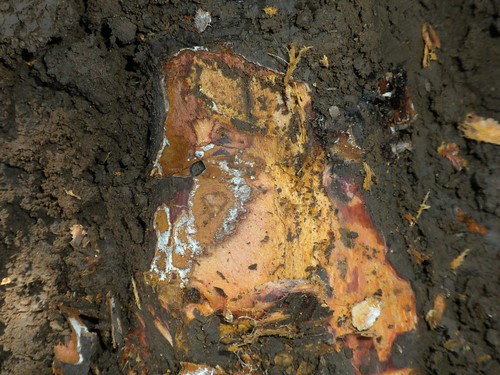
Picture 5: Fungal canker found on the root of an almond tree infected with Armillaria Root Rot.
Armillaria spp. is a basidiomycete, and can survive up to 100 years within woody debris found in the soil. Spread occurs when roots from a tree come into contact with the infested debris. Further spread can occur through rhizomorphs. Rhizomorphs may grow several meters through the soil away from the food source. Spread basidiospores does not normally occur.
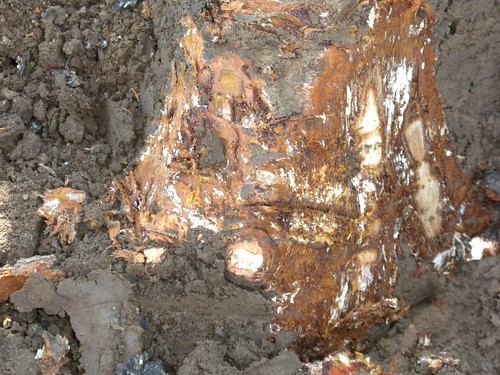
Picture 6: Almond tree crown infected with Armillaria Root Rot. Note the large amount of white mycelial fans present within areas of removed bark.
Control for Armillaria root rot is relatively non-existent. Therefore pathogen exclusion is the greatest preventative measure. Equipment should be cleaned when moved between an infected and unaffected orchards. When replanting a field that has expressed the disease, all woody roots one inch (2.5 cm) in diameter should be removed. Fallowing the ground for one or more years is also recommended. When preparing to plant, fumigate the orchard with methyl bromide and plant a resistant rootstock within the infected area. It is important to note that fumigating will only kill the fungus within the treated area, and therefore it is needed to have the optimal conditions for fumigant movement within the soil. There is currently one known resistant rootstock – the plum rootstock Marianna 2624. This rootstock, however, has many other horticultural characteristics that are deemed unfavorable in almond production (i.e. incompatibility issues, suckering).
Installing of thick plastic root barriers down to a depth of 6 feet may help slow the spread of the disease. If this practice is used, it is important to place the barriers beyond the current zone of infection. Move at least a minimum of 2-3 trees away from the infected area. Some growers have reported the success of root barriers slowing the spread of the disease, but this practice is time intensive and has not yet been demonstrated by research.


Miguel A. Garcia
April 13, 2016Thank you for this website it’s a great tool loaded with info I only found here.
Best regards
Miguel A Garcia
Mark Brady
May 3, 2017David;
Is there a seasonal infection period or a seasonal period when symptoms are most expressive.
I had an infected orchard last year but to date I haven’t observed and symptoms this year. With the wet year my expectations were to see a substantial increase.
Mark Brady
Plant Food Systems, Inc.
David Doll
May 13, 2017Mark,
With Armillaria, it seems to start off with weaker trees in the spring, followed by collapse once the temperatures increase in the summer. It is a slow progressing disease and symptoms can take several years to develop.
David